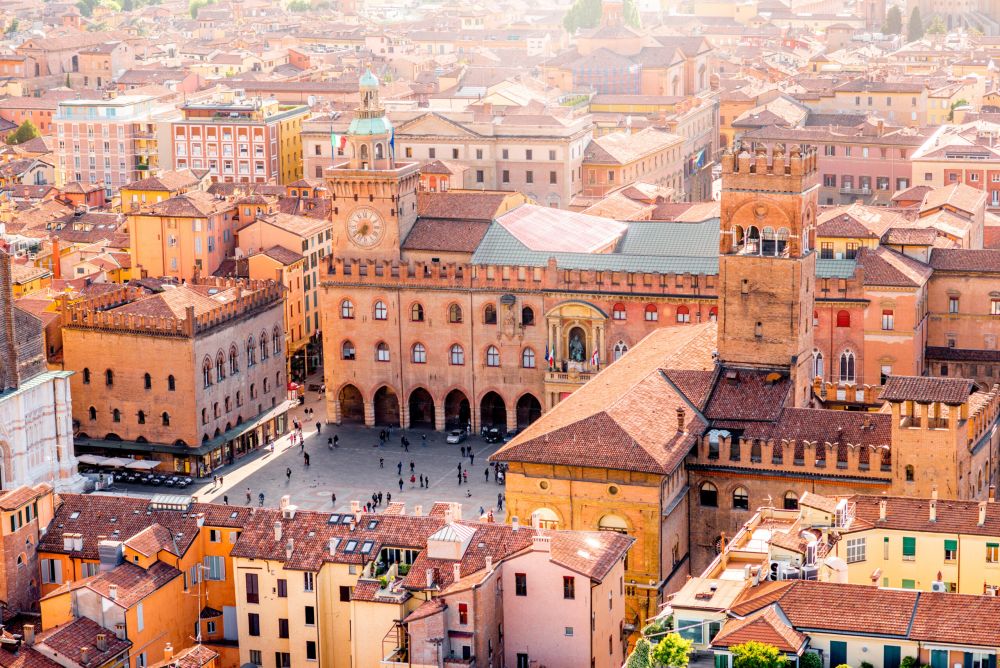

Bologna, the bustling capital of the Emilia-Romagna region in northern Italy, has a long and vibrant history that has contributed to its current status as a tourist destination. Known as La Dotta, La Rossa, e La Grassa (the Educated, the Red, and the Fat) for its renowned university, terracotta medieval buildings, and culinary richness, Bologna has been a center of culture, learning, and gastronomy for centuries.
The history of tourism in Bologna can trace its roots back to the Middle Ages when the city became an important trade center due to its strategic location on the Via Emilia, linking Northern Italy with the Adriatic coast. However, a key event in the rise of Bologna as a destination was the founding of the University of Bologna in 1088, recognized as the oldest university in the Western world.
The university's international reputation attracted scholars and students from across Europe, effectively making Bologna an early hub for educational tourism. The influx of students significantly impacted the local economy and the city began to adapt to accommodate these visitors.
During the Renaissance, Bologna flourished culturally, enhancing its appeal as a tourist destination. Artists like Michelangelo and Raphael visited, leaving behind works that still draw art enthusiasts.
However, it wasn't until the Grand Tour era of the 17th to 19th centuries that tourism to Bologna took on a more modern form. Bologna became a significant stop for the European elite and intellectuals wanting to experience its cultural heritage, educational institutions, and culinary delights.
The rise of modern tourism in the 20th century saw Bologna reinvent itself once again, with its historical center, replete with medieval towers, porticoes, and squares becoming major attractions. After the Second World War, restoration efforts preserved numerous historical sites, making the city increasingly appealing for heritage tourism.
The city's famous cuisine also began to gain international attention, drawing food lovers from around the world eager to taste authentic dishes like tagliatelle al ragù, mortadella, and tortellini.
In recent years, Bologna has embraced several tourism trends to enhance the visitor experience:
Today, Bologna’s blend of historical charm, academic prestige, and culinary excellence continues to draw tourists from all corners of the globe, eager to experience this multifaceted city.